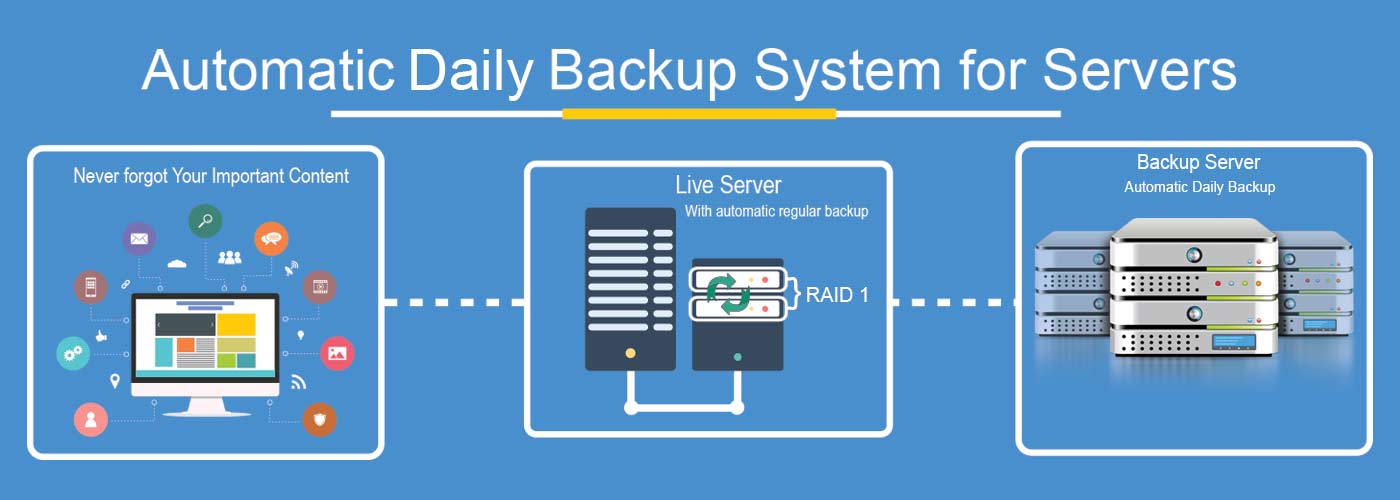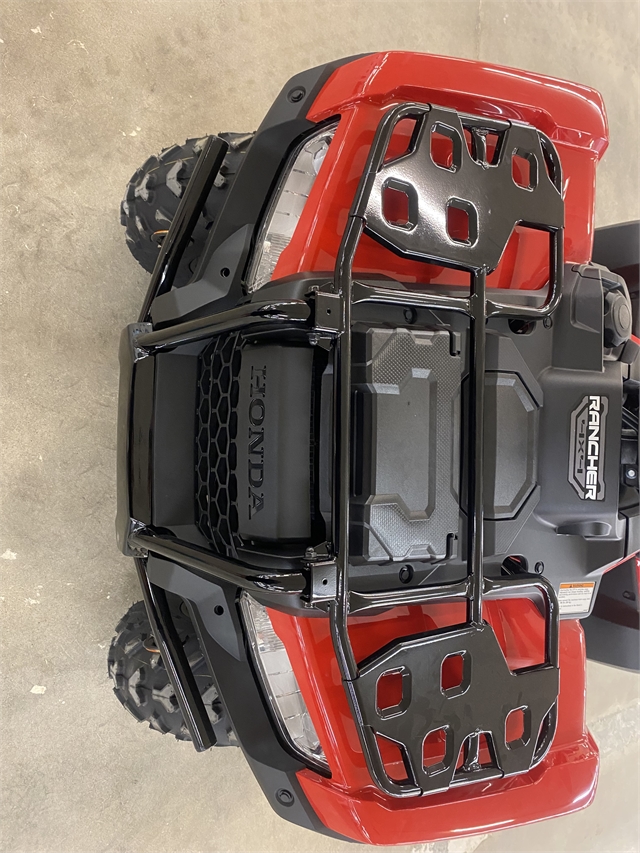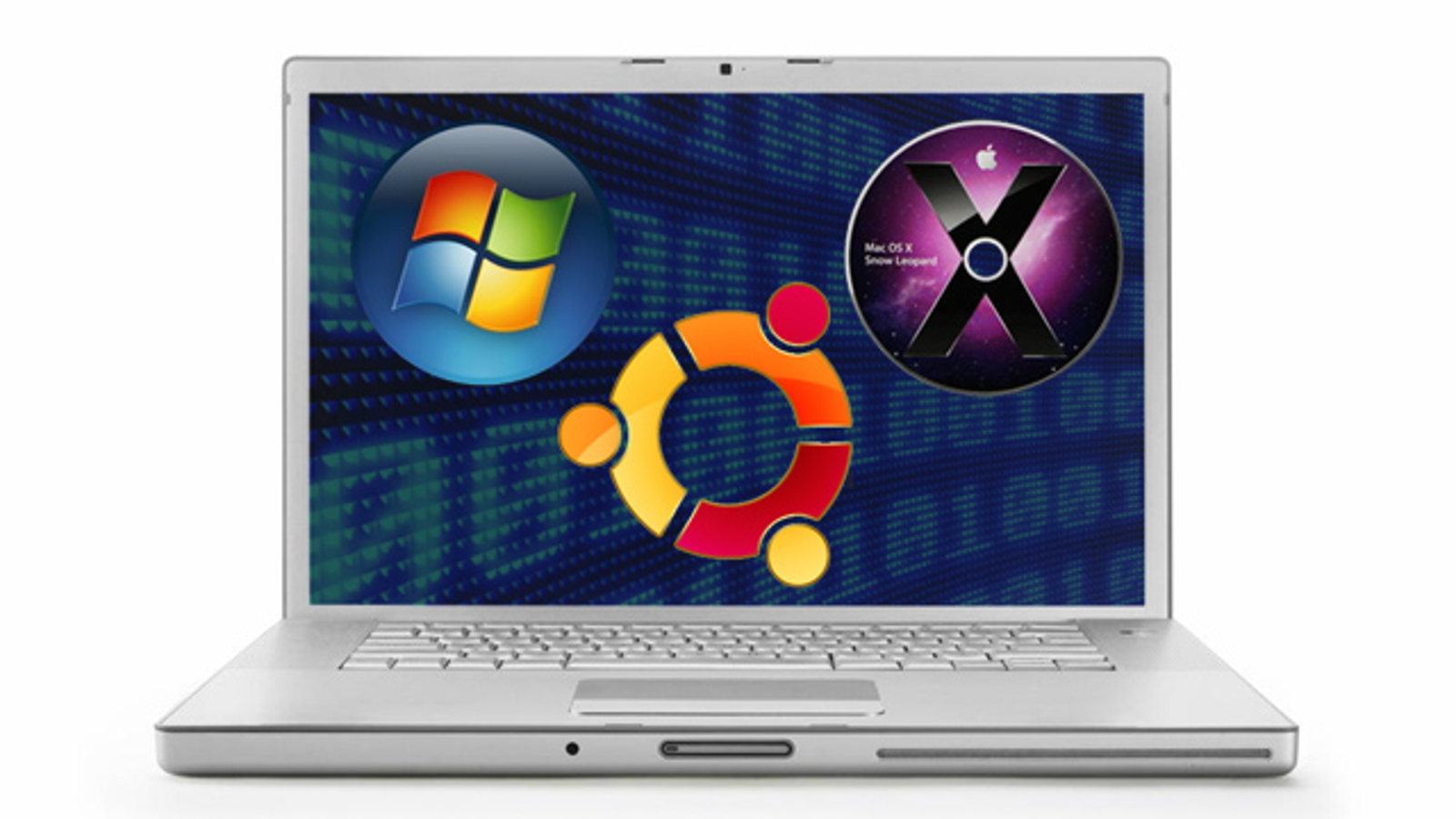

- #DISK INVENTORY X FOR WINDOWS FOR MAC OS#
- #DISK INVENTORY X FOR WINDOWS FULL#
- #DISK INVENTORY X FOR WINDOWS ZIP#
- #DISK INVENTORY X FOR WINDOWS DOWNLOAD#

Like WinDirStat, SpaceSniffer lets you export a report to a file, enabling you to examine a list of files and folders to determine candidates for deletion.
#DISK INVENTORY X FOR WINDOWS ZIP#
You can also use the menu to open items and a Send To item lets you create a ZIP file, create shortcuts on the desktop, send the file via email and more-much like Windows Explorer and File Explorer. Once you identify files or folders you want to delete, just right-click and select Delete from the pop-up menu. You can combine multiple filters and tag files and folders to return to them later or to exclude them from a filter. Using the Filter toolbar, SpaceSniffer lets you search for files by file extension, size, approximate age (< 6 months, for example), attribute (archive, hidden, etc.), and name (with or without wildcards). This is useful for clicking into folders that contain subfolders, so you can see what's inside of each folder. Double-clicking a rectangle zooms in, giving you a more granular view of the file or folder within the treemap. Clicking a rectangle also displays the creation, last modified, and last accessed dates in the window.

When you hover your mouse pointer over a rectangle, the program displays the folder or file name and its size in a pop-up window.

#DISK INVENTORY X FOR WINDOWS FULL#
The utility also shows the treemap being built during the scan, which is surprisingly fascinating, and then opens to a full treemap view.įigure 2 SpaceSniffer screen after scanning a disk
#DISK INVENTORY X FOR WINDOWS DOWNLOAD#
SpaceSniffer doesn't require any installation-just unzip the download file to a folder and run SpaceSniffer.exe. However, it has some notable differences. SpaceSniffer shares several features with WinDirStat, such as the ability to select disks when the utility first starts, fast disk scanning, a treemap view, and the ability to open and delete files. The Report feature lets you send an email to the computer owner (which might be you!) that lists the folders and files that should be considered for deletion in the near future. Choose Unknown to see allocations for shadow copies and other system-controlled files, which can sometimes consume untoward amounts of disk space. You can also use Options to show or hide file types, the treemap, the toolbar, and the status bar. Select Options > Show Free Space to see the proportion of free disk space at a glance. If you scan the disk that contains the system partition, be careful not to delete system files.Īnother handy feature of the utility is the Options feature. The program then reads the directory tree (within a minute or two, depending on the size of the disk) and presents the information shown in Figure 1. Upon launch, WinDirStat prompts you to select whether to scan all local drives, an individual drive, or a specific folder. To use WinDirStat, download the windirstat setup.exe installer file and double-click it to start the installation.
#DISK INVENTORY X FOR WINDOWS FOR MAC OS#
Similar tools called Disk Inventory X and GrandPerspective are available for Mac OS X. A few Linux alternatives are KDirStat, upon which WinDirStat was created, and Baobab. WinDirStat is an open source, graphical disk analyzer for Windows that provides usage statistics and cleanup functionality. Both utilities are freeware, although SpaceSniffer calls itself "donationware" and appreciates contributions, large or small. WinDirStat and SpaceSniffer run in any version of Windows, and each does a great job of inspecting and freeing up Windows disk space to optimize the performance of smaller SSDs. You can use Windows Explorer (Windows 7 and previous) or File Explorer (Windows 8) to check partition space and search for files by size, but we use a few utilities that provide value-adds and make this task much easier. Managing free disk space on computers and devices is a bigger issue now than it used to be, thanks to the proliferation of 32-, 64-, and 128-GB solid-state drives (SSDs) as "typical" for low-end tablets and notebooks.


 0 kommentar(er)
0 kommentar(er)
